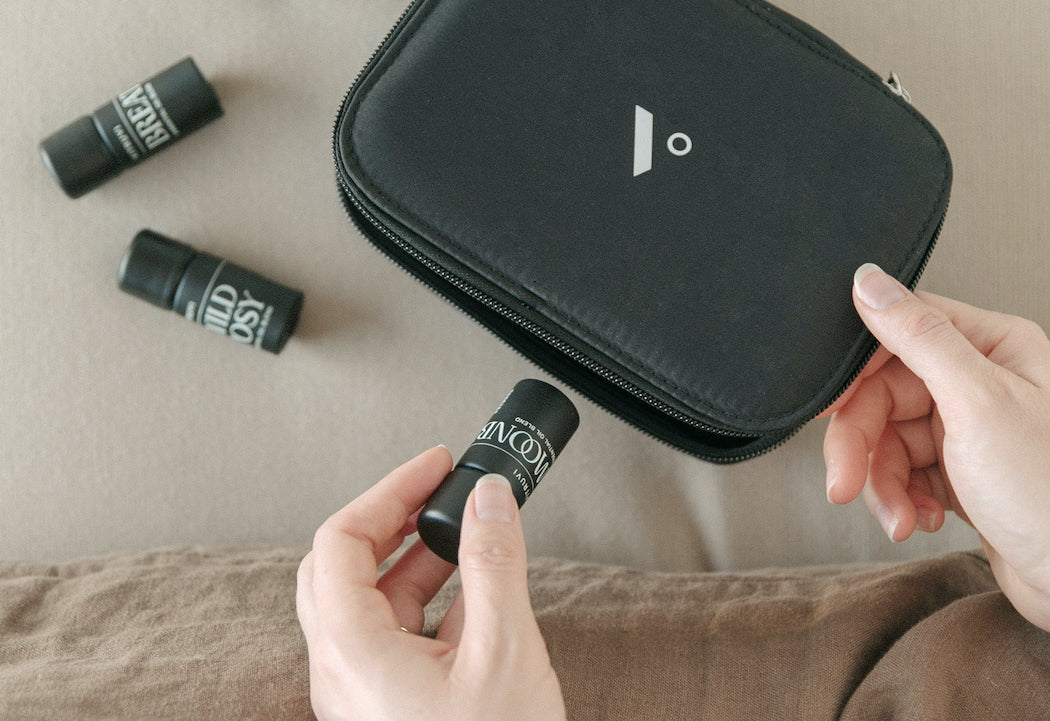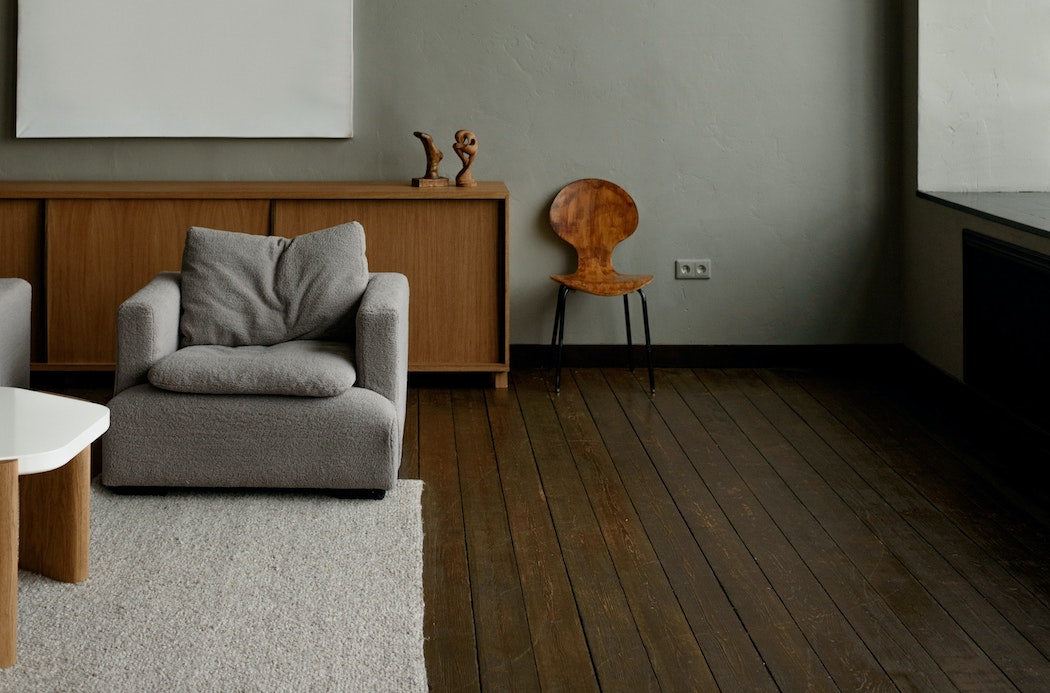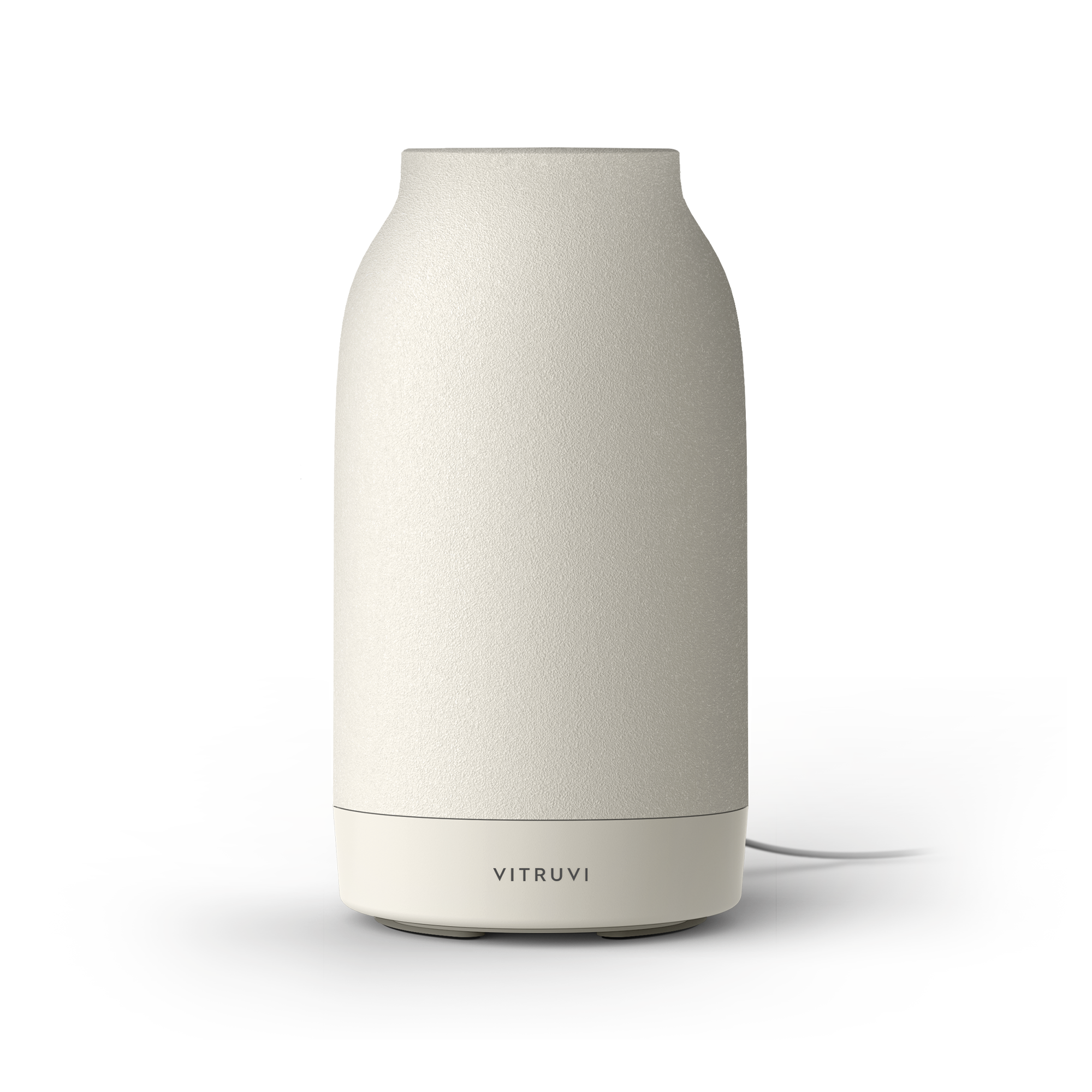When you see a nice car, you probably don’t notice its lighting. You might not even realize it’s there.
And that, in many ways, is how you know it’s been done well.
“We always try to integrate it so that it’s not the first thing you see, but it’s something that you experience,” says Cadillac lighting designer Candice Willett. “What I mean by that is that it’s not the dominant feature, but it supports the overall design.”
Though not a boasted-about element the way that horsepower or revolutions per minute are, a vehicle’s lighting plays a vital role. It sets the mood of the interior, offering ambience and personality; and it also works to guide your eye, both inside and outside, essentially contouring the car’s shape. Showing off its curves, if you will.
This is especially true with the Lyriq, a new electric vehicle that Cadillac launched in August 2020. Introducing an entirely new lighting scheme for the brand, the Lyriq also represents Cadillac’s commitment to becoming an all-electric company by 2030.
“We’re using lighting now as part of what we call choreographed experiences, so that means we’re starting to use it as a way to really give the vehicle personality,” Willett explains via video from her home in the Detroit area. “Electric vehicles are pretty quiet, so this is our opportunity—because we’re not fighting the noise and vibrations [of a regular engine]—to give it that personality. And to start with a blank slate, to create meaningful experiences that help elevate our brand in a way that makes it more inviting for our customers. And lighting is obviously a big part of that.”
Throughout the Lyriq, it was about “putting nature into a very digitized vehicle,” Willett offers. On the exterior that translates beautifully on the front grille, which features layers of crystal and light in an almost jagged pattern. “It’s sort of like cracked ice through a pond,” she explains. Light also plays an important role in accentuating the silhouette of the sheet metal, helping draw your eye around the Lyriq’s sleek shape. At night, even the door handles are softly illuminated.
“With the Lyriq it was really important that we looked into our history and saw these vertical cues,” says Willett. “It really gives it a new stance. So at night you can walk up to the vehicle and it has presence.”
Inside the car, a 33-inch dash display is state-of-the-art. Light technology presents itself in subtler ways, too, such as in the door speakers, which are perforated and lit from behind; they were inspired by komorebi, the Japanese term for shimmering light through the trees.
“We were really trying to use lighting to bring warmth into the vehicle and give it a bit of expression,” explains Willett. The Lyriq is a landmark launch for Cadillac, and certainly would have drawn large crowds on the car show circuit, but the coronavirus pandemic halted those plans; instead, Cadillac created a digital lookbook to celebrate the vehicle’s design features and technical prowess.
“I think for everybody, it’s difficult; everybody’s got their own unique challenges,” Willett says of the pandemic. For her, coping has meant frequently jumping in her Cadillac and driving to a nearby park or lake with her family and her dogs. She imagines a road trip along the golden California coast to be the perfect activity for the Lyriq, with sun shining in through the panoramic roof (and plenty of charging stations along the way). “Getting outside is so important, and you’ll see that through the details of the vehicle,” she says. After all: if the journey truly matters more than the destination, you might as well make it eco-friendly, and comfortable, and beautiful.












